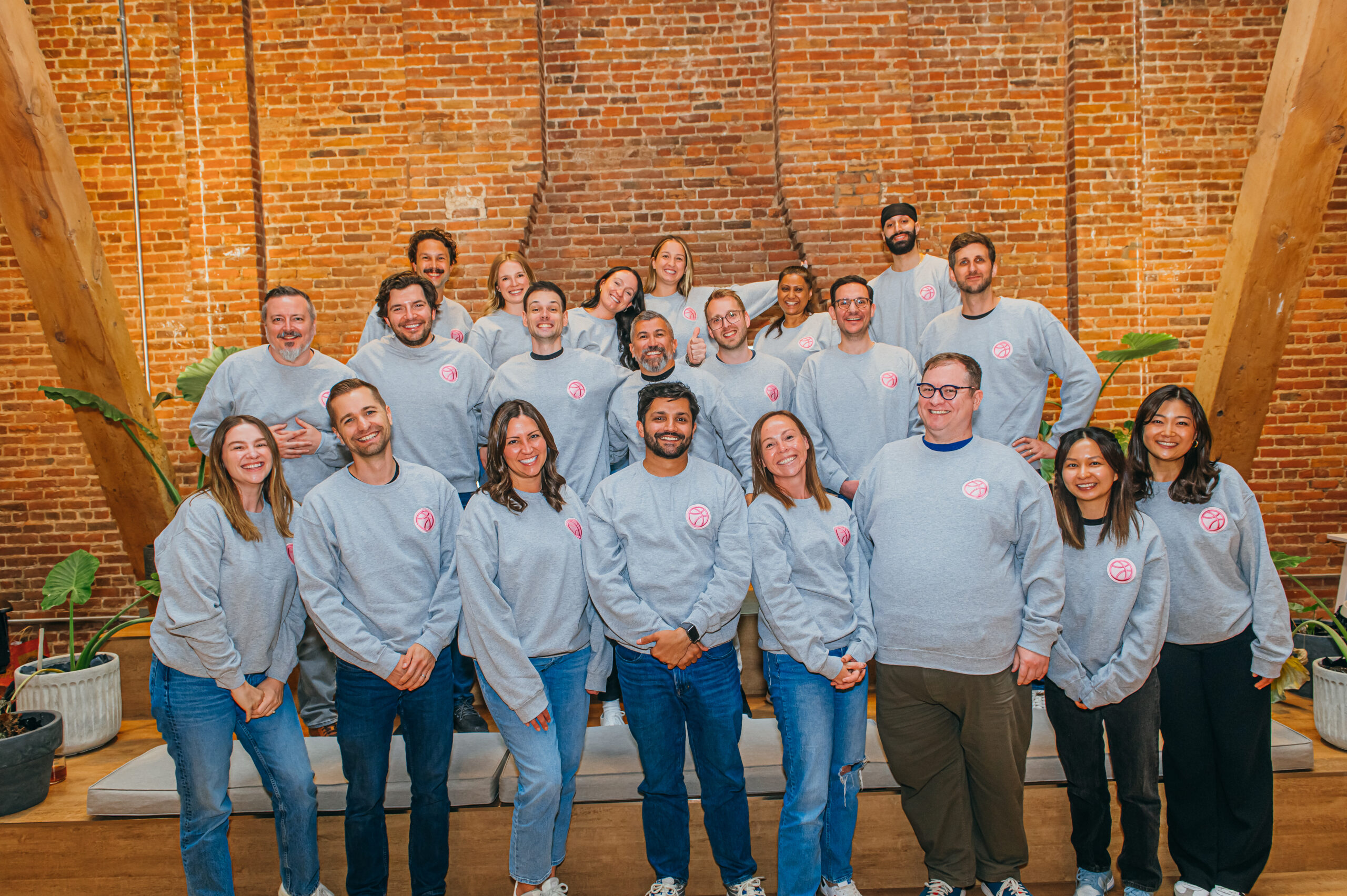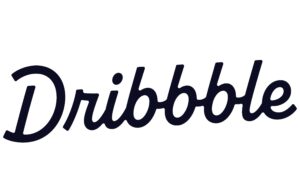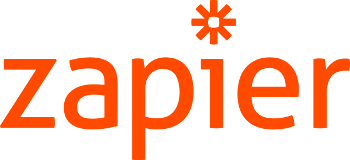
How does your team typically use Pulse Surveys at Dribbble?
We use Pulse Surveys as our engagement surveys. They’re a quick but meaningful way for us to check in with the team on how people are feeling, where things are going well, and where we may need to focus more attention.
What kinds of process updates or internal changes have you used Pulse Surveys to gather feedback on?
When new leadership joined in early 2024, we saw it as the perfect moment to use Pulse Surveys to capture an honest read on how the team was feeling, whether they felt seen and heard, and what they hoped for from leadership moving forward. The feedback gave us a valuable baseline and helped guide us through an important transition period.

Rina Shimizu
Director of People Operations
How do you decide what questions to include in a Pulse Survey? Is there a particular team or individual who crafts them?
We’ve kept the core set of questions consistent with what we’ve used historically, which helps us track trends over time. The People Ops team (just me!) drafts the survey, then it’s reviewed by our executive leadership team before sending it out to everyone. Most of the questions are fairly standard, which makes it easier to benchmark against similar companies in our industry and size.

Can you share an example of how feedback from a Pulse Survey helped you improve or refine a process at Dribbble?
As a team of one in People Ops, Pulse Surveys have been a real time-saver in gathering insights quickly. Our very first Pulse Survey, after the leadership transition highlighted some policies that needed polishing that could be refined to better fit the team’s needs. The follow-up survey gave us perspective on how those refinements were landing and where we still had room to fine-tune. Having that continuity has been incredibly helpful in shaping our next steps.
Once feedback comes in from a Pulse Survey, what’s your process for reviewing and acting on it?
Once Pulse Survey feedback comes in, I organize and analyze the data, then compare it to past surveys to spot trends and areas of concern. I share the key insights with leadership, and together we decide on action items. We then share both the results and next steps with the broader team, often during weekly calls. Transparency is important to us, so the team can see both the feedback and how it is being acted on.
How do you share the results or outcomes of Pulse Surveys with employees?
We share the results in a presentation during our weekly team call, along with the changes or focus areas that come out of the feedback. It is important to us that employees see their voices directly shaping how we move forward.
What advice would you give to other companies looking to use Pulse Surveys to stay connected to team sentiment and surface hidden issues?
- Consistency is key: Keeping the same questions over time allows you to track real progress (or lack of it).
- Don’t expect instant answers: Pulse Surveys are most powerful when you have multiple data points to compare.
- Work with your Small Improvement’s support team to make sure the setup is seamless and you’re not missing opportunities to get the most out of the tool.
Dribbble’s experience shows how even small People Ops teams, or teams of one, can make a big impact with the right tools. By using Pulse Surveys in Small Improvements consistently, they’ve built a feedback loop that keeps employees engaged, surfaces hidden issues, and ensures leadership decisions reflect what people actually need. For organizations navigating change—or simply wanting to strengthen their culture—Pulse Surveys offer a lightweight but powerful way to listen, learn, and act.







